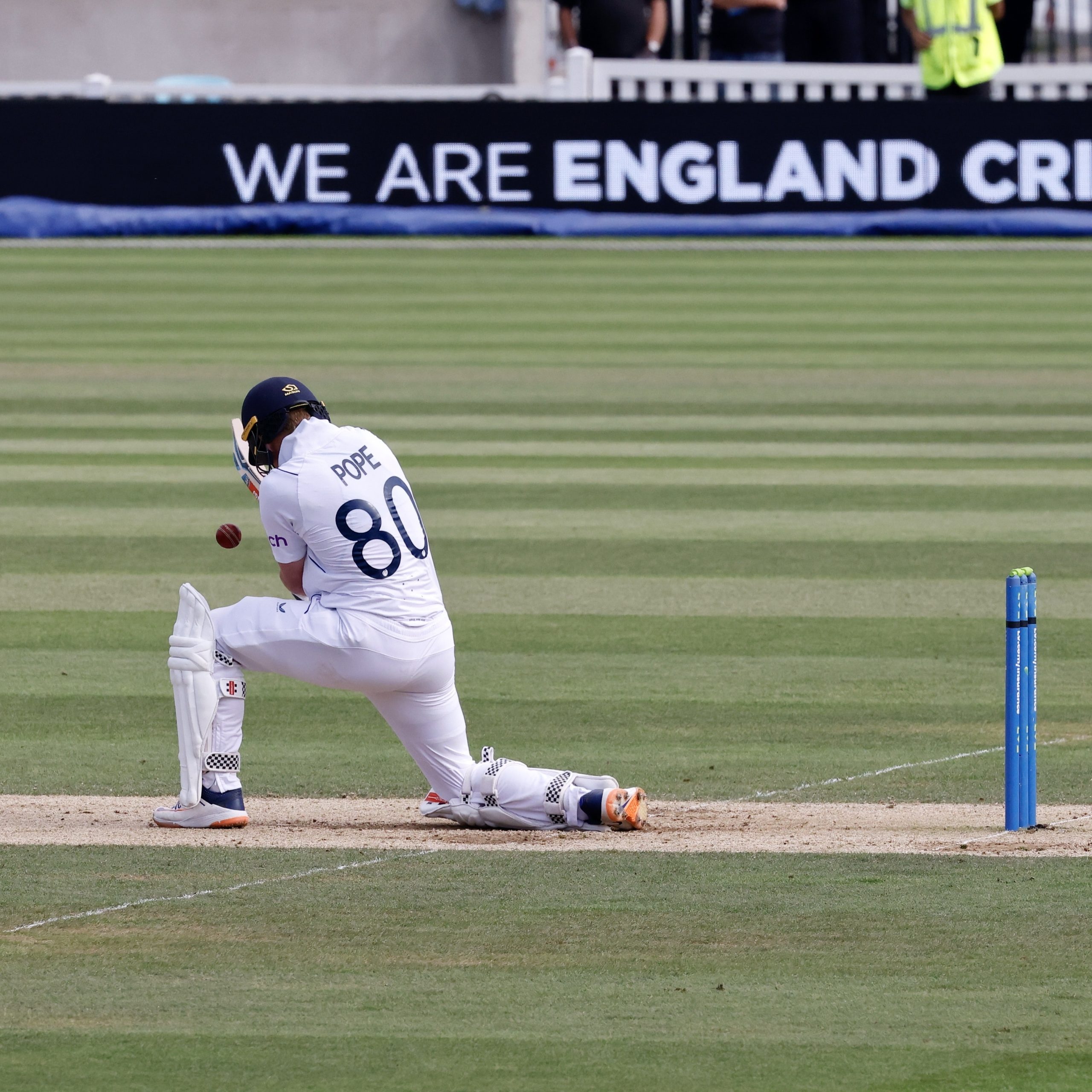Test cricket is the purest and oldest form of the sport, embodying tradition, skill, and endurance. As the pinnacle of cricket, Test matches offer a unique blend of strategy, patience, and unwavering determination. In this comprehensive guide, we will unravel the intricacies of Test cricket, exploring its history, rules, strategies, and enduring charm.
Introduction
Test cricket is a testament to the enduring legacy of the game. Spanning over five days, it challenges players’ physical and mental capabilities, showcasing their ability to adapt to varying conditions and opposition tactics. This guide serves as a gateway to understanding the essence of Test cricket.
A Glimpse into History
Origins and Evolution
Test cricket traces its origins back to the late 19th century, evolving from timeless matches to the current five-day format. England and Australia contested the first Test match in 1877, and since then, Test cricket has grown to include numerous nations, each contributing to the sport’s rich history.
Legends of the Game
Test cricket has produced some of the game’s greatest legends. From Sir Don Bradman’s unmatched batting prowess to Shane Warne’s mesmerizing spin bowling, these players have left an indelible mark on the sport, shaping its trajectory.
Understanding the Format
Five Days of Battle
Test matches unfold over five days, each day comprising three sessions of play. With a maximum of 90 overs bowled per day, the format demands endurance, patience, and the ability to maintain performance levels throughout the match.
Batting, Bowling, and Fielding
Test cricket showcases a comprehensive display of batting, bowling, and fielding skills. Batsmen must withstand prolonged spells, bowlers focus on consistency and variations, and fielders require heightened concentration due to the longer duration.
Strategies and Tactics
Pacing Innings
In Test cricket, pacing innings is crucial. Batsmen need to balance defense and scoring, while bowlers aim to create sustained pressure. The batting side aims to build a substantial lead or set a challenging target for the opposition.
Managing Conditions
Test matches can be influenced by pitch conditions, weather, and the state of the ball. Teams must adapt their strategies accordingly, with seamers relishing overcast conditions and spinners exploiting turning tracks.
Captains’ Role and Decision-Making
Captaincy Challenges
Leading a Test team requires astute decision-making. Captains must juggle tactics, player fatigue, and the ebb and flow of the match. Adapting strategies to suit different situations is a hallmark of successful Test captains.
The Art of Declaration
The declaration is a strategic move, wherein a batting captain decides to end their team’s innings to set a target for the opposition. Timing the declaration to maximize the advantage while allowing enough time for a result is a delicate balance.
Legacy and Enduring Appeal
Cultivating Patience and Skill
Test cricket fosters patience and skill development. Batsmen learn to construct innings, bowlers develop consistency, and fielders refine their focus over an extended duration.
Respect for Tradition
Test cricket’s reverence for tradition resonates with fans. The longer format allows for ebb and flow, unexpected twists, and a genuine test of skill, making it a favorite among purists.
Conclusion
Test cricket stands as a testament to the sport’s roots and its evolution. Its enduring nature challenges players and captivates fans, offering a spectacle of skill, strategy, and determination. As you delve into the world of cricket, you’ll uncover its timeless allure and gain a deeper appreciation for the game’s true essence.
Frequently Asked Questions (FAQs)
- Why are Test matches considered the pinnacle of cricket?
Test matches test players’ skills, endurance, and adaptability over five days, showcasing a comprehensive display of the game. - What’s the significance of the white clothing worn in Test matches?
White clothing is a nod to cricket’s traditional roots. It also ensures that players are on equal footing, eliminating the advantage of colored clothing. - Can Test matches end in a draw?
Yes, if neither team can secure a win within the stipulated five days, the match ends in a draw, highlighting the challenge of Test cricket. - Why is the toss important in Test cricket?
The toss determines which team bats or bowls first, affecting the advantage of playing on a fresh pitch or exploiting favorable conditions. - How do bowlers adapt their strategies to different pitches?
Bowlers adjust line, length, and pace based on pitch conditions. Seamers focus on movement, while spinners exploit turn and bounce.


